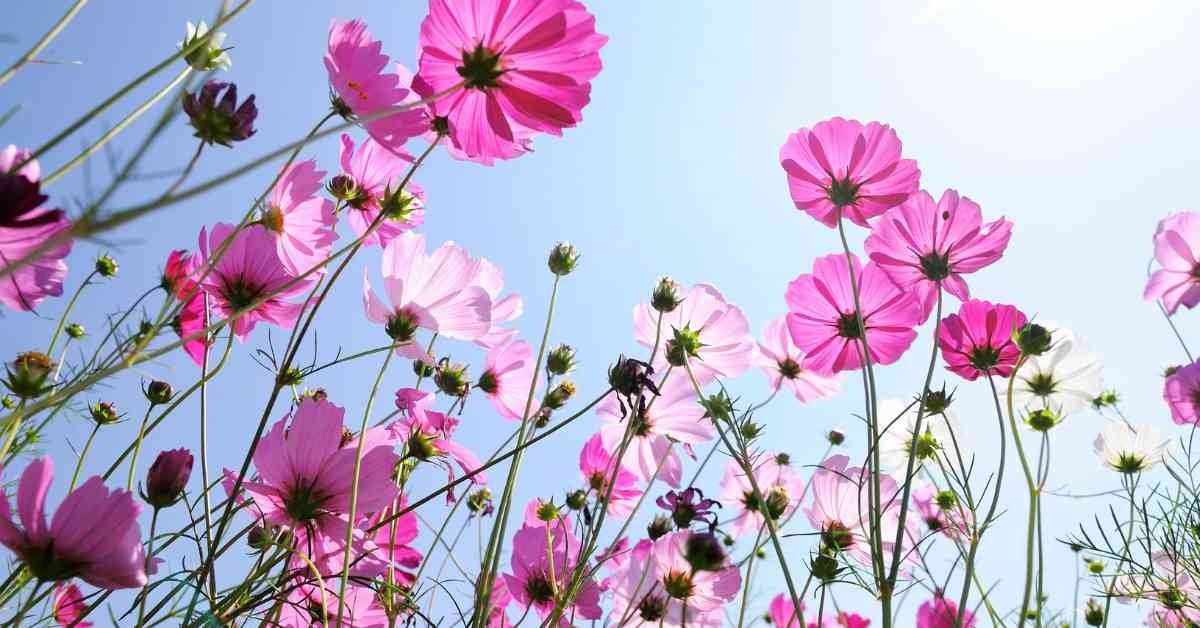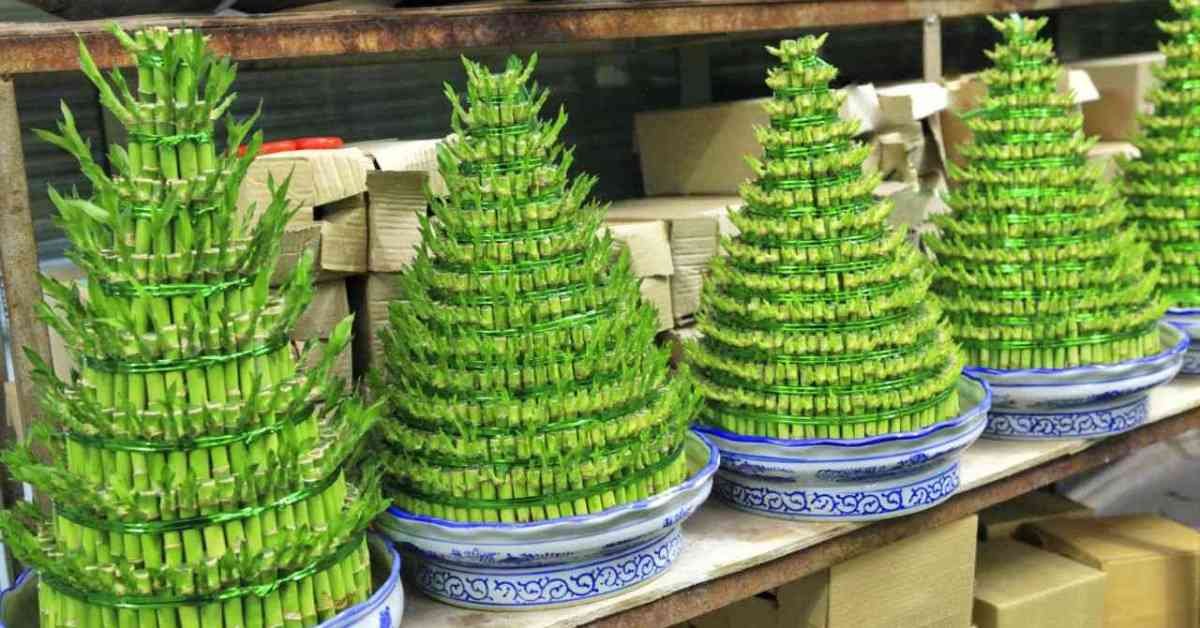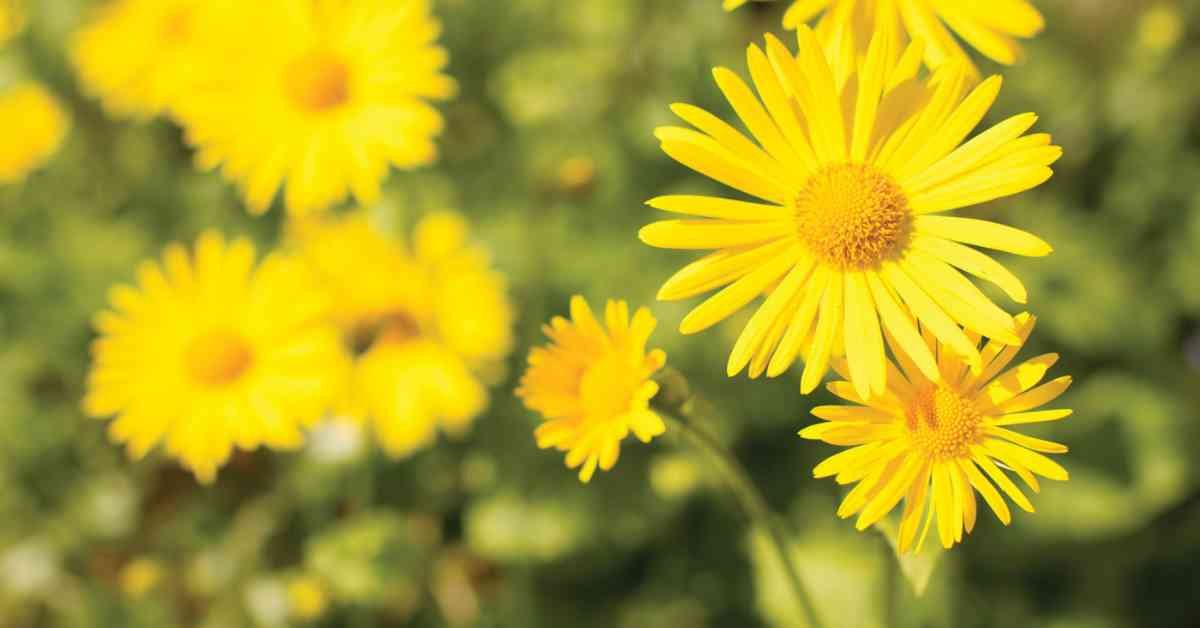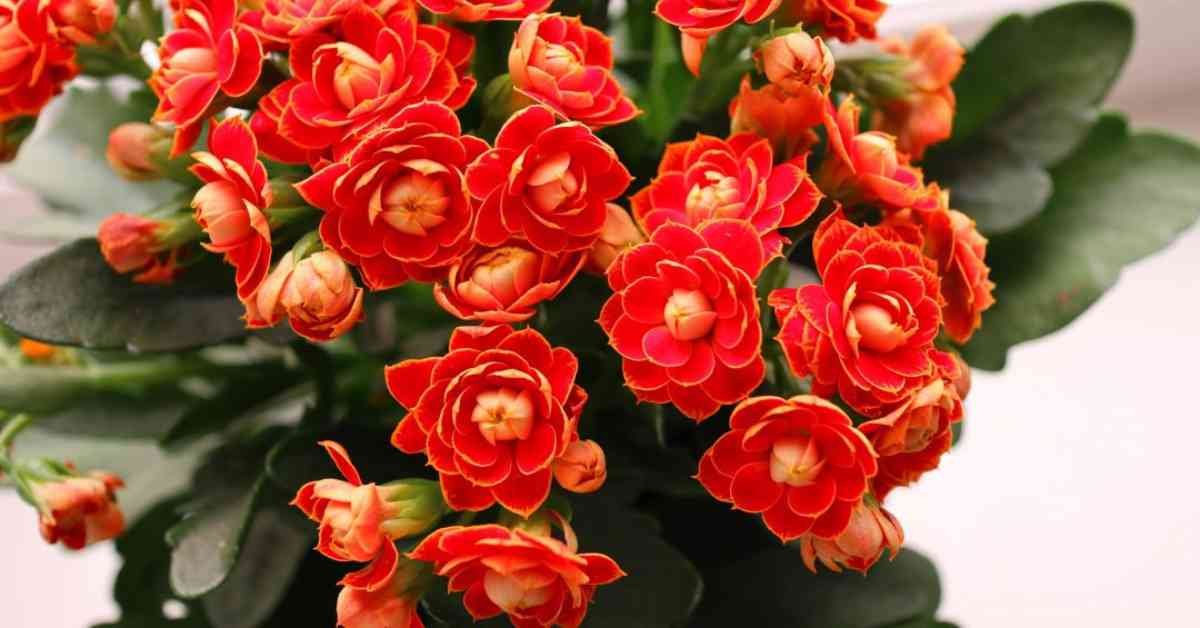Introduction
Mandevilla, also known as Dipladenia, is a genus of tropical and subtropical flowering vines belonging to the family Apocynaceae. Renowned for their vibrant, trumpet-shaped flowers and lush green foliage, Mandevilla plants are popular choices for gardeners looking to add a touch of exotic beauty to their landscapes. Native to South and Central America, these plants thrive in warm climates and can be grown as annuals or perennials, depending on the region. In this comprehensive guide, we’ll explore everything you need to know about Mandevilla, from planting and care to troubleshooting common issues.
The Allure of Mandevilla
Appearance and Varieties
Mandevilla plants are celebrated for their show-stopping flowers, which come in a range of colors including pink, red, white, and yellow. The flowers are large, typically measuring 3-5 inches in diameter, and have a distinctive trumpet shape with a flared lip. The glossy, dark green leaves provide a stunning contrast to the bright blooms.
Several popular varieties of Mandevilla include:
- Mandevilla splendens: Known for its large, pink flowers and vigorous growth habit.
- Mandevilla boliviensis: Features pure white flowers with a yellow throat, ideal for a classic look.
- Mandevilla sanderi: Often called Brazilian Jasmine, this variety boasts deep red or pink flowers.
- Mandevilla laxa: Also known as Chilean Jasmine, it produces fragrant white flowers and is more cold-tolerant than other species.
Uses in Landscaping
Mandevilla vines are versatile and can be used in various landscaping applications. They are perfect for adding vertical interest when grown on trellises, arbors, or fences. Mandevilla can also be planted in containers, making them ideal for patios, balconies, and other small spaces. Their cascading habit makes them excellent choices for hanging baskets, where they can drape gracefully over the edges.
Planting Mandevilla
Climate and Hardiness Zones
Mandevilla plants thrive in USDA hardiness zones 9-11, where temperatures rarely drop below freezing. In cooler climates, they can be grown as annuals or brought indoors during the winter months. They prefer warm, humid conditions and need protection from strong winds and frost.
Soil Requirements
Mandevilla prefers well-draining soil with a slightly acidic to neutral pH (6.0-7.0). A good quality potting mix with added perlite or sand is ideal for container-grown plants. For garden beds, amend heavy clay or sandy soils with organic matter such as compost to improve drainage and fertility.
Planting Instructions
- Choose a Location: Select a sunny spot that receives at least 6-8 hours of direct sunlight per day. In very hot climates, some afternoon shade can help protect the plant from scorching.
- Prepare the Soil: Loosen the soil to a depth of 12-15 inches and mix in compost or other organic matter.
- Planting: Dig a hole twice as wide and just as deep as the root ball. Place the plant in the hole, ensuring that the top of the root ball is level with the soil surface. Backfill with soil and gently firm it around the roots.
- Watering: Water thoroughly after planting to settle the soil and eliminate air pockets.
Caring for Mandevilla
Watering
Mandevilla plants require consistent moisture, especially during the growing season. Water deeply when the top inch of soil feels dry to the touch. In hot weather, container-grown plants may need daily watering. Avoid letting the soil become waterlogged, as this can lead to root rot.
Fertilizing
Feed Mandevilla plants with a balanced, water-soluble fertilizer every 2-4 weeks during the growing season (spring through fall). A fertilizer high in phosphorus will encourage prolific blooming. Slow-release granular fertilizers can also be used for a more extended feeding period.
Pruning
Regular pruning helps maintain the shape and size of Mandevilla plants and encourages bushier growth. Prune in early spring before new growth begins. Remove any dead or damaged stems, and cut back leggy growth to promote branching. Pinching back the tips of young plants can also help create a fuller, more compact plant.
Support Structures
As climbing vines, Mandevilla plants need support to grow vertically. Provide a trellis, arbor, or other structure for the vines to climb. Tie the stems loosely to the support with garden twine or soft ties, guiding them as they grow.
Propagation
By Cuttings
One of the easiest ways to propagate Mandevilla is by taking stem cuttings. Here’s how:
- Select a Cutting: In late spring or early summer, choose a healthy stem with several nodes. Cut a 4-6 inch piece just below a node.
- Prepare the Cutting: Remove the lower leaves, leaving a few at the top. Dip the cut end in rooting hormone to encourage root development.
- Planting: Insert the cutting into a pot filled with a mixture of perlite and peat moss. Water lightly and cover the pot with a plastic bag to create a humid environment.
- Care: Place the pot in a warm, bright location out of direct sunlight. Keep the soil moist but not soggy. Roots should develop in 4-6 weeks, after which the cutting can be transplanted into a larger pot or garden bed.
By Seeds
Mandevilla can also be grown from seeds, although this method is less common and takes longer. Sow seeds in a well-draining seed-starting mix and keep them warm and moist. Germination can take several weeks, and seedlings should be transplanted carefully once they have a few sets of true leaves.
Common Problems and Solutions
Pests
Mandevilla plants are generally resilient but can be susceptible to a few common pests:
- Aphids: These small, sap-sucking insects can be controlled with insecticidal soap or neem oil.
- Spider Mites: These tiny pests cause stippling on leaves and can be managed with regular misting or miticides.
- Whiteflies: These flying insects can be treated with yellow sticky traps and insecticidal sprays.
Diseases
Several diseases can affect Mandevilla plants:
- Root Rot: Caused by overwatering or poorly draining soil. Ensure proper drainage and avoid waterlogging the soil.
- Powdery Mildew: A fungal disease that appears as white, powdery spots on leaves. Improve air circulation and apply fungicides as needed.
- Leaf Spot: Characterized by dark, water-soaked lesions on leaves. Remove affected leaves and treat with a suitable fungicide.
Environmental Stress
Mandevilla plants may also show signs of stress due to environmental factors:
- Yellowing Leaves: Often a sign of overwatering or nutrient deficiency. Adjust watering practices and fertilize regularly.
- Wilting: Can be caused by underwatering, overwatering, or root damage. Check soil moisture and root health.
- Poor Flowering: Insufficient light or nutrients can lead to reduced blooming. Ensure the plant receives adequate sunlight and fertilization.
Winter Care
In regions where temperatures drop below freezing, Mandevilla plants need special care to survive the winter. Here’s how to overwinter your Mandevilla:
- Move Indoors: Before the first frost, move container-grown plants indoors to a bright, cool location. Garden-grown plants can be dug up and potted for the winter.
- Reduce Watering: Water sparingly during the winter months, allowing the soil to dry out slightly between waterings.
- Pruning: Cut back the plant to a manageable size, removing any dead or diseased growth.
- Resume Care: In spring, gradually acclimate the plant to outdoor conditions and resume regular watering and fertilizing.
Conclusion
Mandevilla plants are a stunning addition to any garden, offering vibrant flowers and lush foliage that can transform a landscape. With proper planting, care, and maintenance, these tropical vines can thrive and bloom profusely, providing months of color and beauty. Whether you’re growing them in the ground or in containers, understanding the needs and characteristics of Mandevilla will help you enjoy their exotic charm year after year. Happy gardening!





